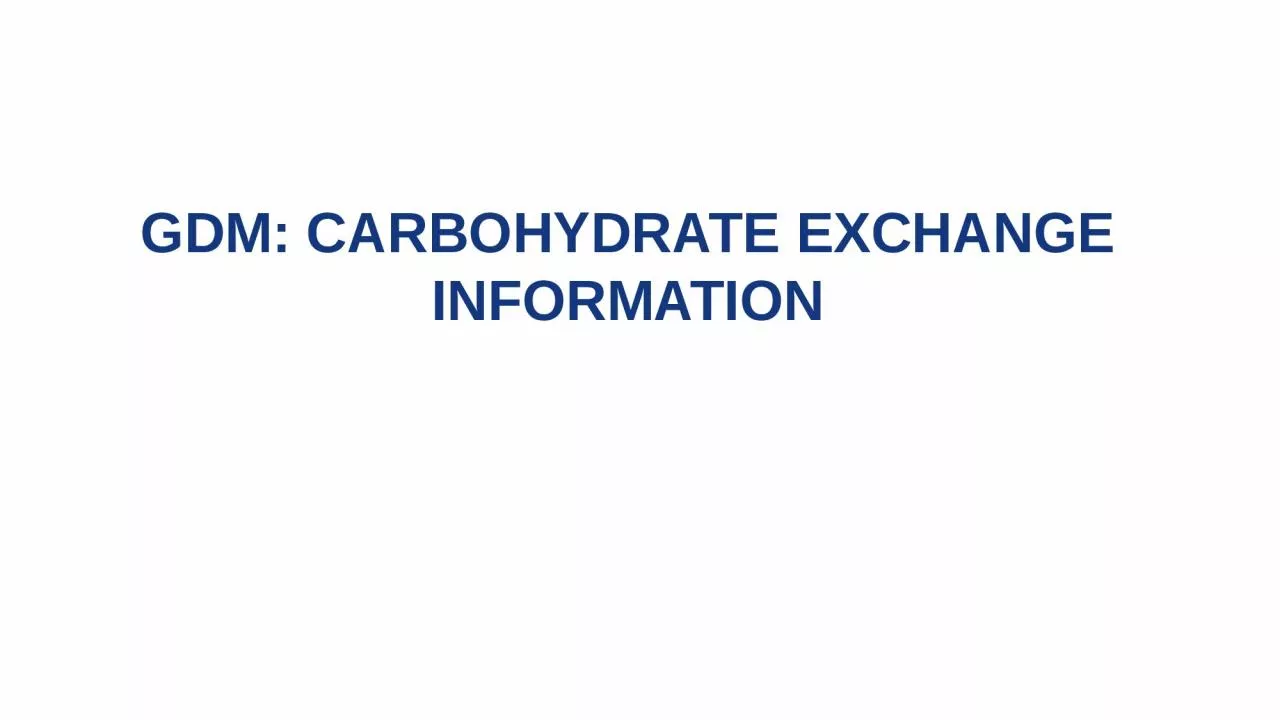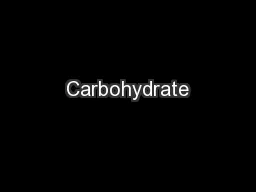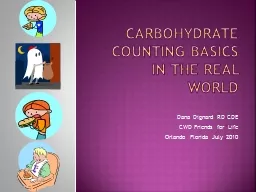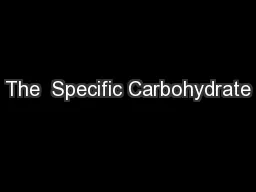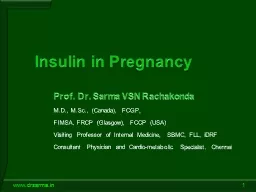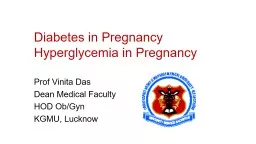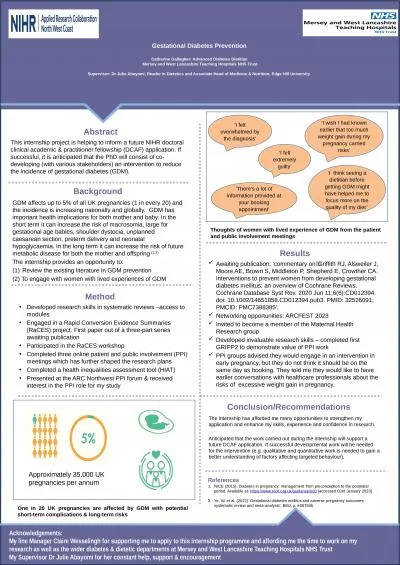PPT-GDM: Carbohydrate Exchange Information
Author : barbara | Published Date : 2024-01-29
1 cup 250mL Measuring Cups One Carbohydrate Exchange 15 grams carbohydrate 1 slice bread ¼ cup cooked rice ½ cup cooked shaped pasta ⅓ cup spaghetti
Presentation Embed Code
Download Presentation
Download Presentation The PPT/PDF document "GDM: Carbohydrate Exchange Information" is the property of its rightful owner. Permission is granted to download and print the materials on this website for personal, non-commercial use only, and to display it on your personal computer provided you do not modify the materials and that you retain all copyright notices contained in the materials. By downloading content from our website, you accept the terms of this agreement.
GDM: Carbohydrate Exchange Information: Transcript
Download Rules Of Document
"GDM: Carbohydrate Exchange Information"The content belongs to its owner. You may download and print it for personal use, without modification, and keep all copyright notices. By downloading, you agree to these terms.
Related Documents

